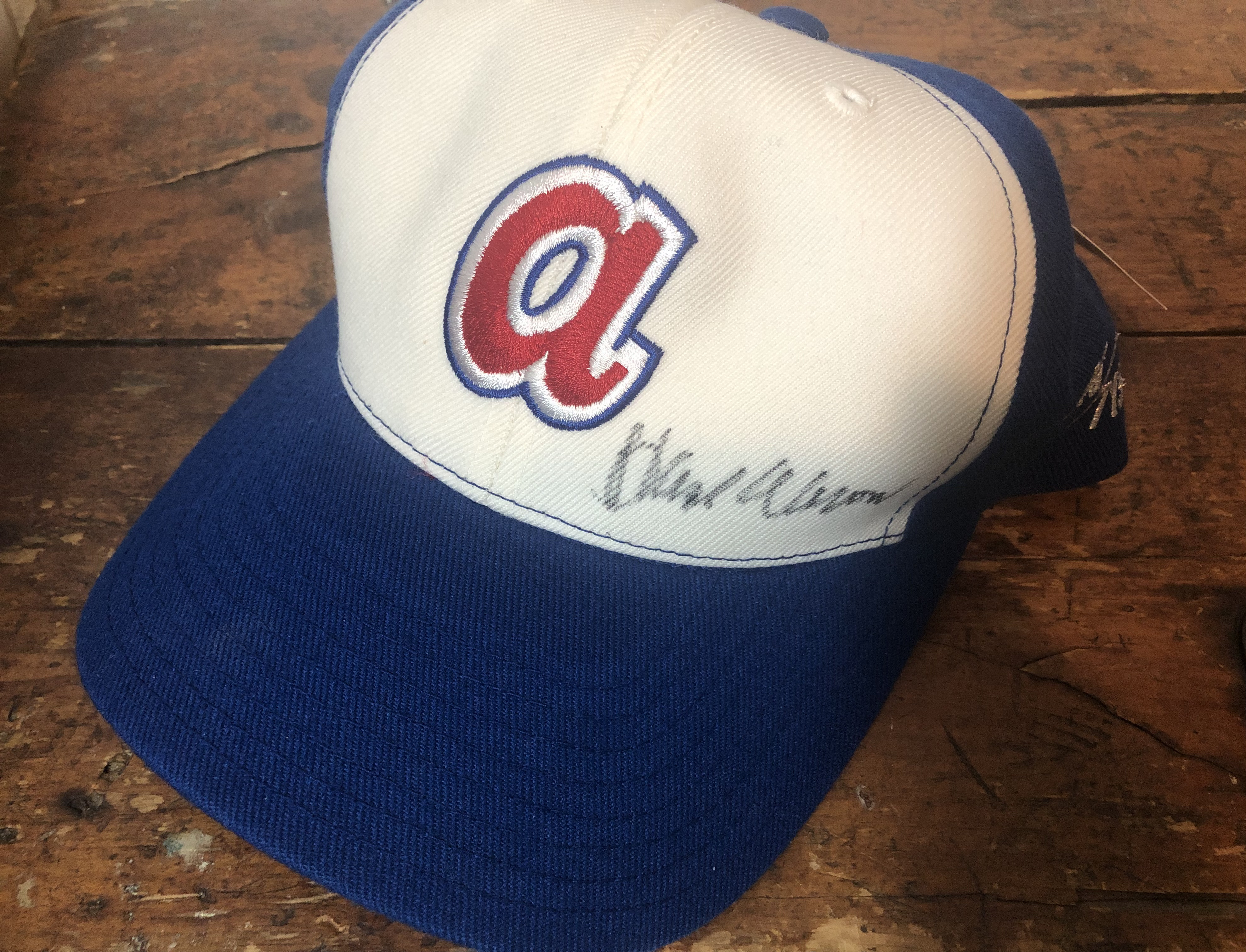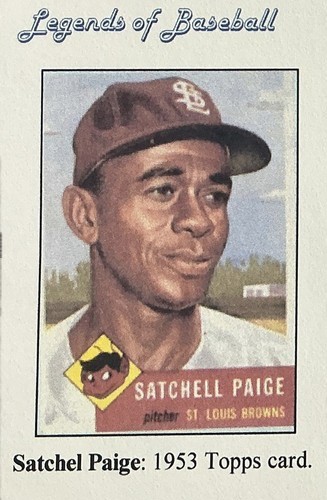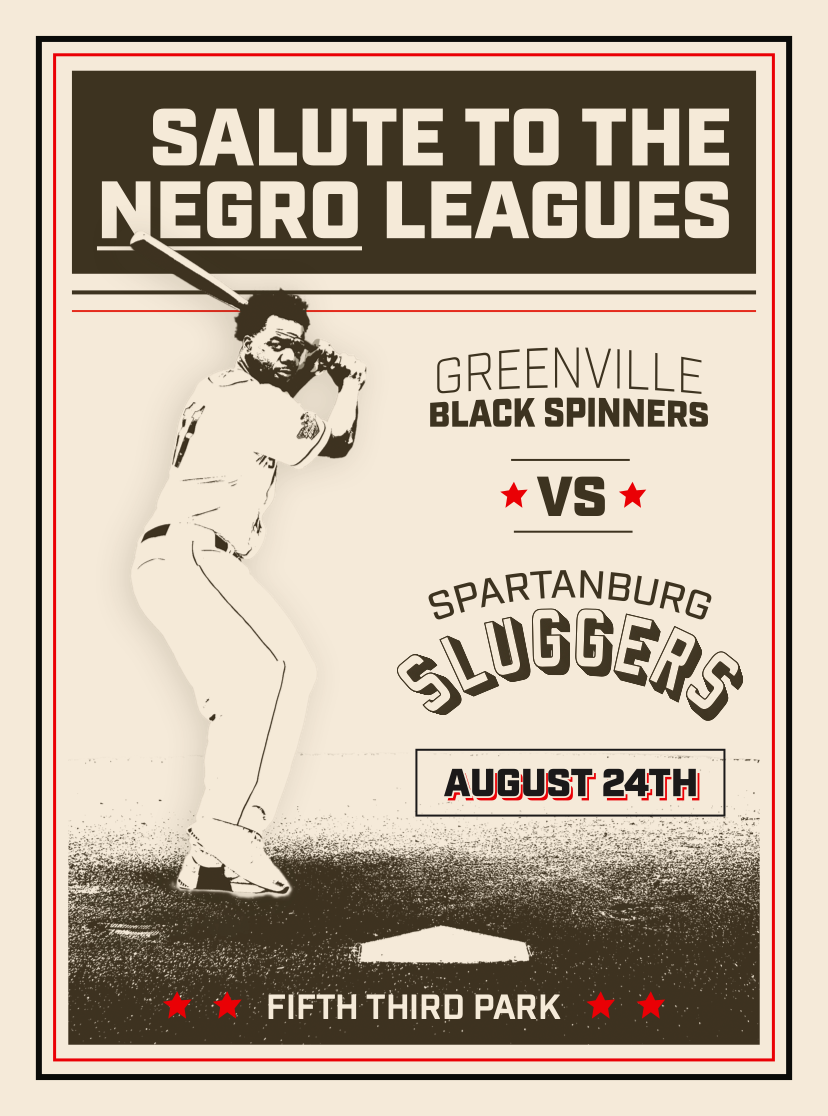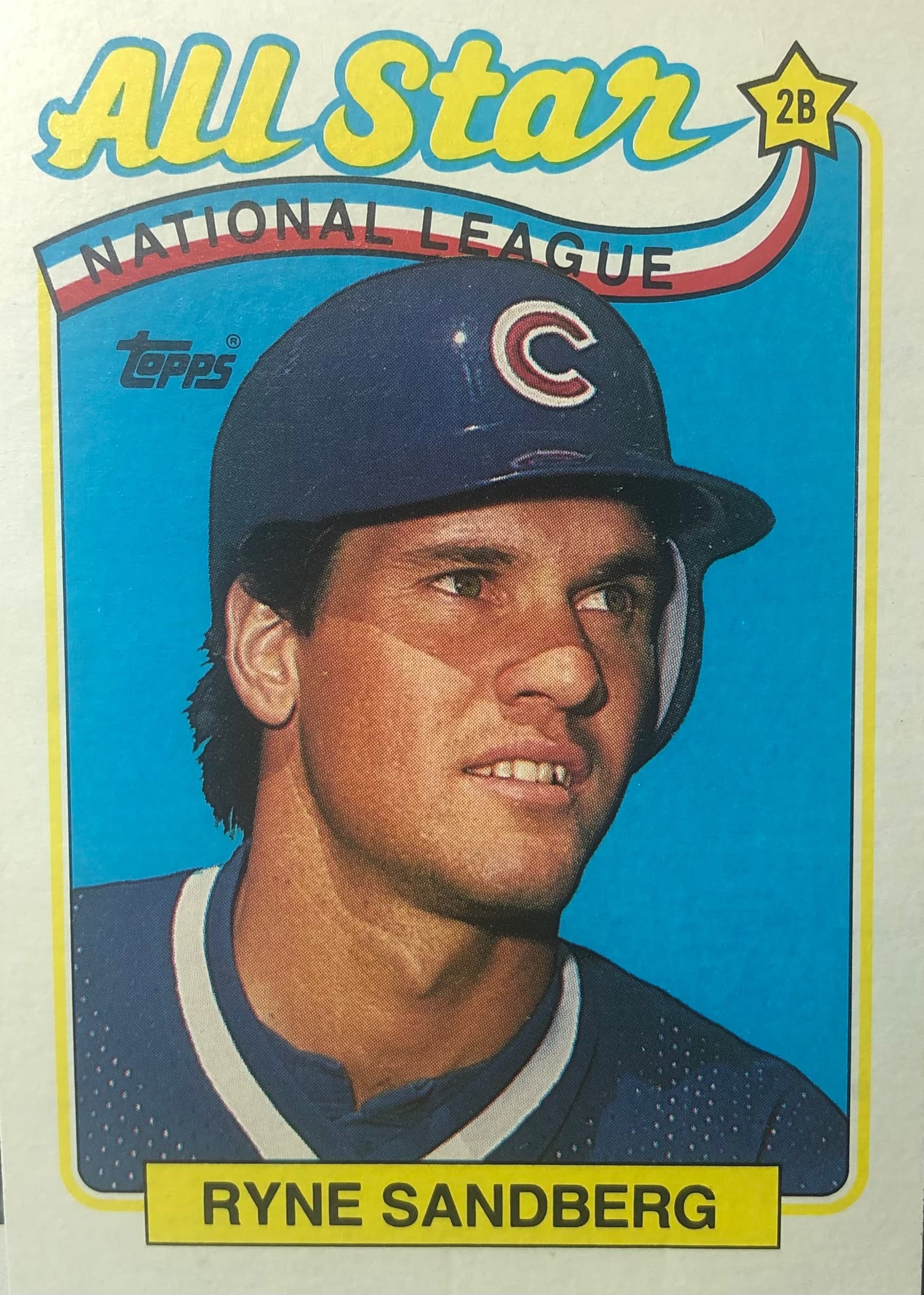
Farewell to Kid Natural
Dr. Edwin C. Epps
As I sit at my desk and look out my office window this morning, it has been a month since the passing of Ryne Sandburg, one of the best second basemen in MLB history. I am especially reflectful today since Sandberg was one of only two former members of the Spartanburg Phillies to be enshrined in the Major League Baseball Hall of Fame.

Farewell to Kid Natural
As I sit at my desk and look out my office window this morning, it has been a month since the passing of Ryne Sandburg, one of the best second basemen in MLB history. I am especially reflectful today since Sandberg was one of only two former members of the Spartanburg Phillies to be enshrined in the Major League Baseball Hall of Fame.
As I sit at my desk and look out my office window this morning, it has been a month since the passing of Ryne Sandburg, one of the best second basemen in MLB history. I am especially reflectful today since Sandberg was one of only two former members of the Spartanburg Phillies to be enshrined in the Major League Baseball Hall of Fame.
I never saw Kid Natural play in Spartanburg. He was a player here at Duncan Park in the summer of 1979, and I didn’t move to the Hub City until 1981. I went to Phillies games at the old ballpark in the eighties, as well as American Legion Post 28 games, but by the time I arrived Sandberg had already moved on, first to the Reading Phillies in the AA Eastern League and then to the Oklahoma City 89ers in the AAA American Association. By the end of the 1981 season he had made it to The Show, where he played 13 games for the National League Phillies and then moved on to the Chicago Cubs, where he spent 14 of the remaining 15 years of his career.
The future Hall of Famer was born in Spokane, Washington, on September 18, 1959, to a mortician and a registered nurse and was named after New York Yankees pitcher Ryne Duren. A gifted and determined three-sport athlete, he was a good enough high school quarterback that he was named a Parade magazine All-American, and he also won awards in basketball. Baseball was his personal favorite sport, however, and he signed with the Philadelphia Phillies although he could have played scholarship football for Washington State University.
The Phillies gave young Sandberg a $20,000 signing bonus and sent him to Helena, Montana, in the 68-game rookie Pioneer League. In Helena he batted .311, had a fielding percentage of .924, and was chosen club MVP by his teammates. He then graduated to the single-A Spartanburg Phillies.
In the season he spent in Spartanburg, Sandberg was a competent but unspectacular player. He batted a modest .247 but placed only in the top third of the team in both on-base percentage and slugging percentage. He tied for the team lead in runs scored, though, and placed third in stolen bases.
Spartanburg Phillies management noticed something in Sandberg. For one thing, he was a serious and thoughtful player. “I take things seriously,” he told Spartanburg Herald-Journal sports writer Terry Hamilton in June, “and I demand a lot of myself. I don’t show my emotions a lot, but I feel it. If we lose it’s my fault. If I make an error, I get upset.”
As a result of his determined analysis of his own play, Sandberg told Hamilton, “I’ve improved my hitting by being aggressive. I haven’t changed anything else…. When I get into a hitting slump I can’t blame anyone else, it’s because I quit being aggressive.”
Spartanburg manager Bill Dancy noticed his young player’s defense too. On June 25th the Herald-Journal reported that Sandberg had played 16 games without an error and quoted manager Dancy as saying that he “makes the routine plays look easy and the hard plays look routine.”
Team management saw enough in him to send him on up, and he was promoted to AA Reading. At Reading his batting average improved to .310, and both his on-base and slugging percentages also improved significantly, so he was promoted to AAA Oklahoma City, where he proved through consistency that he deserved a chance to play in the Majors. He was sent on to Philadelphia, where he played in only 13 games in the remaining 1981 season before being traded along with Larry Bowa, another former Spartanburg Philly, to the Chicago Cubs in exchange for Iván de Jesús.
Sandberg’s next two years, 1982 and 1983, were okay, but 1984 was his true breakout year. In ’84 his batting average was .314, his OBP .367, his SLG .520, and his OPS .887. More significantly perhaps, his home run total increased to a then-career high 19, his RBIs to 84, and his stolen bases to 32. He was selected for the All-Star Game, at the end of the year was named National League MVP, and won his first Silver Slugger and second Gold Glove awards. The next January his high school alma mater in Spokane renamed its baseball stadium “Sandberg Field.”
Sandberg’s lifetime achievements in baseball are legendary. Among them are the following:
- 10 consecutive All-Star Games
- 1984 Major League Player of the Year
- 9 Gold Gloves
- 7 Silver Sluggers
- 1990 Winner of the Home Run Derby
- 4 seasons in the Top Ten for batting average
- 3 seasons in first place for runs scored
- 7 years in first place for assists and 11 in top ten at 2nd base
- 4 seasons as first and 13 in the top 10 for fielding percentage a7 2nd base
- and many others!
The Sandberg Game and "Kid Natural." On June 23, 1984, Sandberg appeared in a game the Cubs played against the St. Louis Cardinals in a contest now known as “the Sandberg game.” Not only did Sandberg get five hits in this game, but two of them were game-tying home runs in the ninth and tenth innings, contributing to a Cubs eventual win in the eleventh. The announcers for NBC, Tony Kubek and Bob Costas, were naturally more and more excited during the course of the game, and Costas was especially enthusiastic after Sandberg hit his second home run off of Bruce Sutter, a legendary reliever. The young infielder was clearly coming into his own as a professional baseball player, and Costas could not help but compare him to Roy Hobbs, the fictional player portrayed by Robert Redford in the recently popular film “The Natural,” in which Redford based his character’s swing on that of Ted Williams. The Cubs home fans loved the comparison, so the nickname stuck, along with “Ryno” and one or two others.
No. 23. Playing for the hapless Cubs, Sandberg never appeared in a World Series, but in 2005 he was elected to the MLB Hall of Fame in his third year of eligibility along with Wade Boggs. In the same year he became the fourth Chicago Cubs player to have his number—23—retired. Last month, in a final tribute the week after his death from prostate cancer at age 65, the Cubs all took the field in jerseys without their names or numbers, each bearing instead number 23.

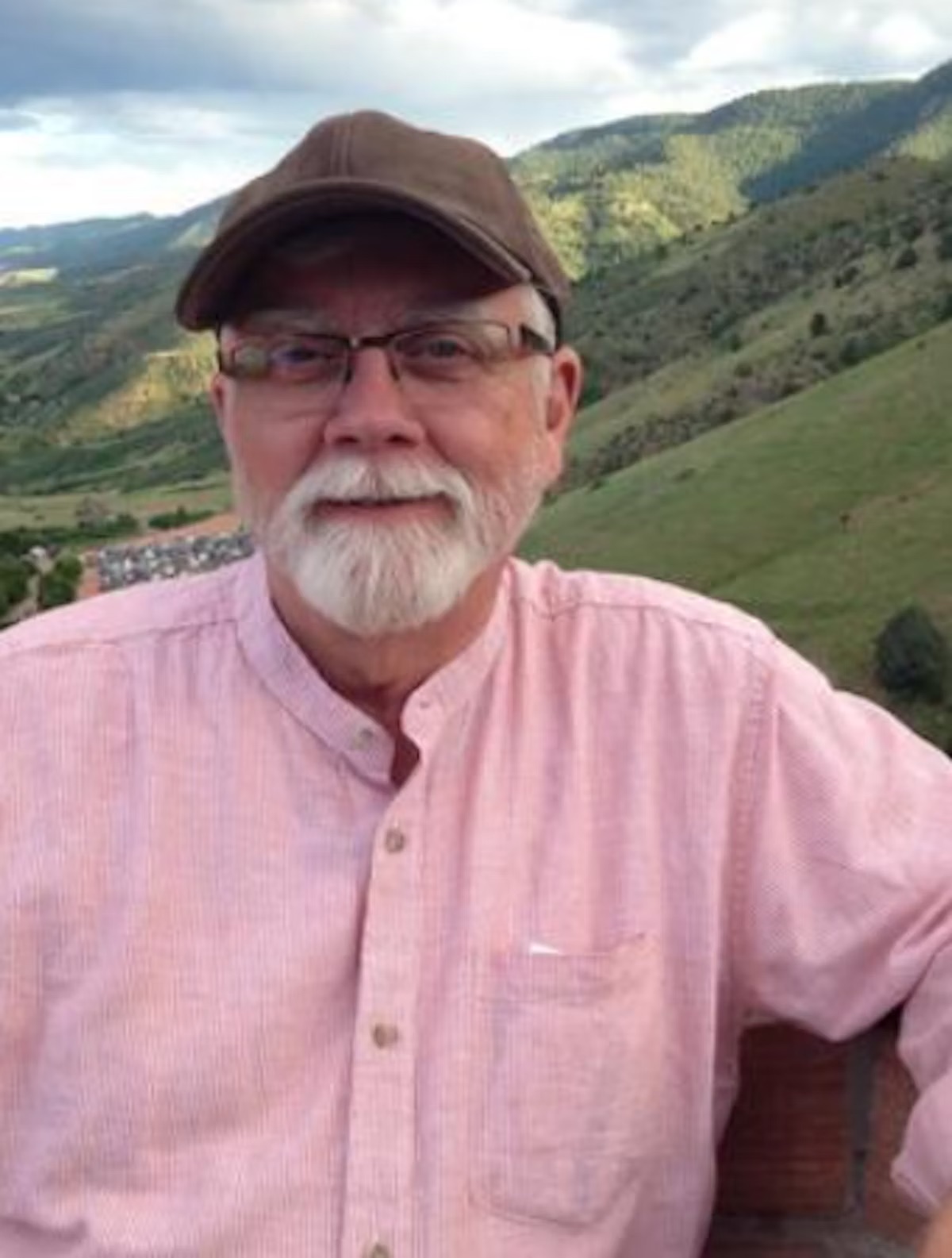
Dr. Edwin C. Epps
Author
Dr. Edwin C. Epps is a retired educator with more than forty years' experience in public school classrooms... He is the author of Literary South Carolina (Hub City Press, 2004) and a proud member of Phi Beta Kappa who believes in the value of the humanities in a rapidly changing world.

